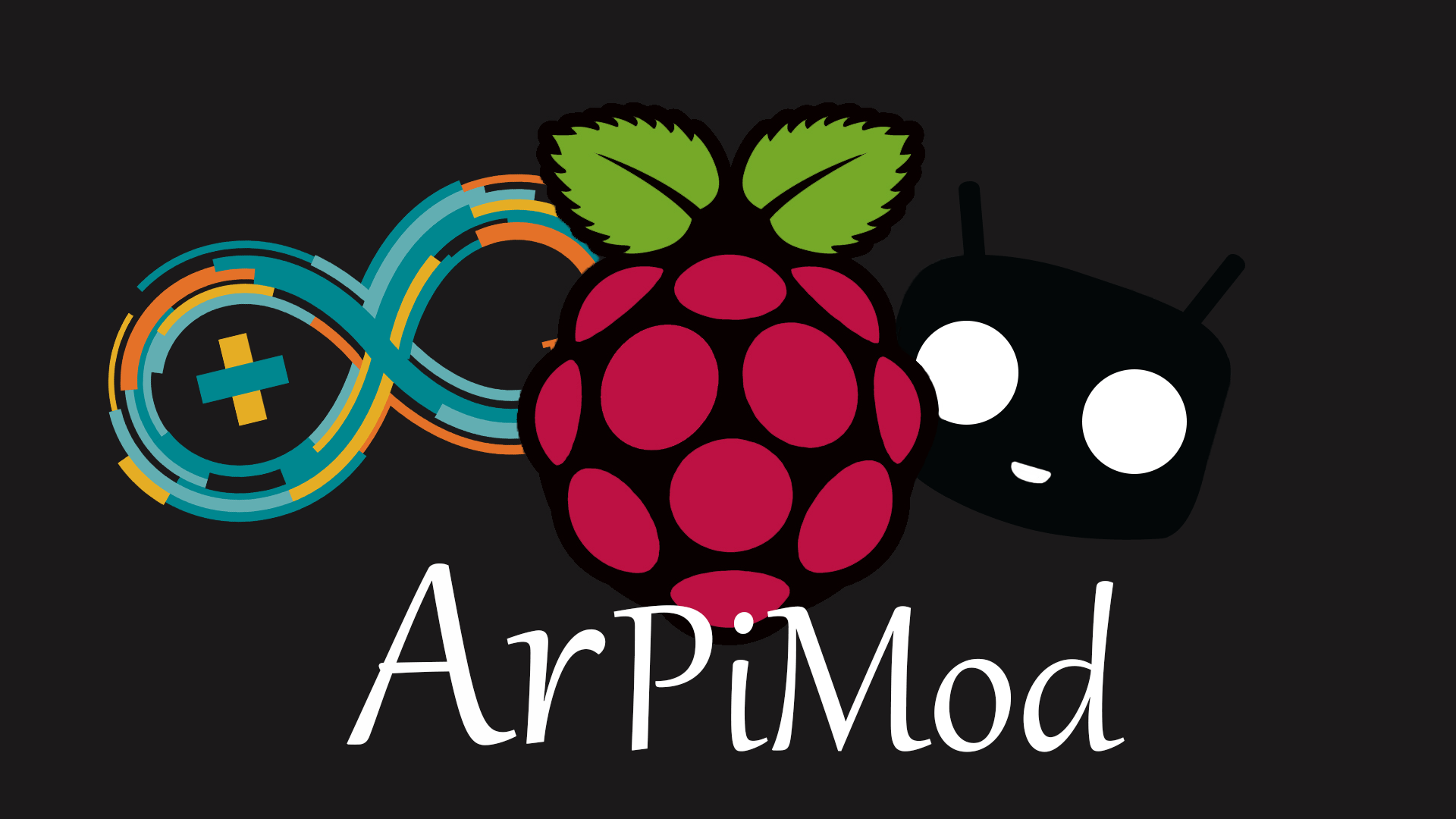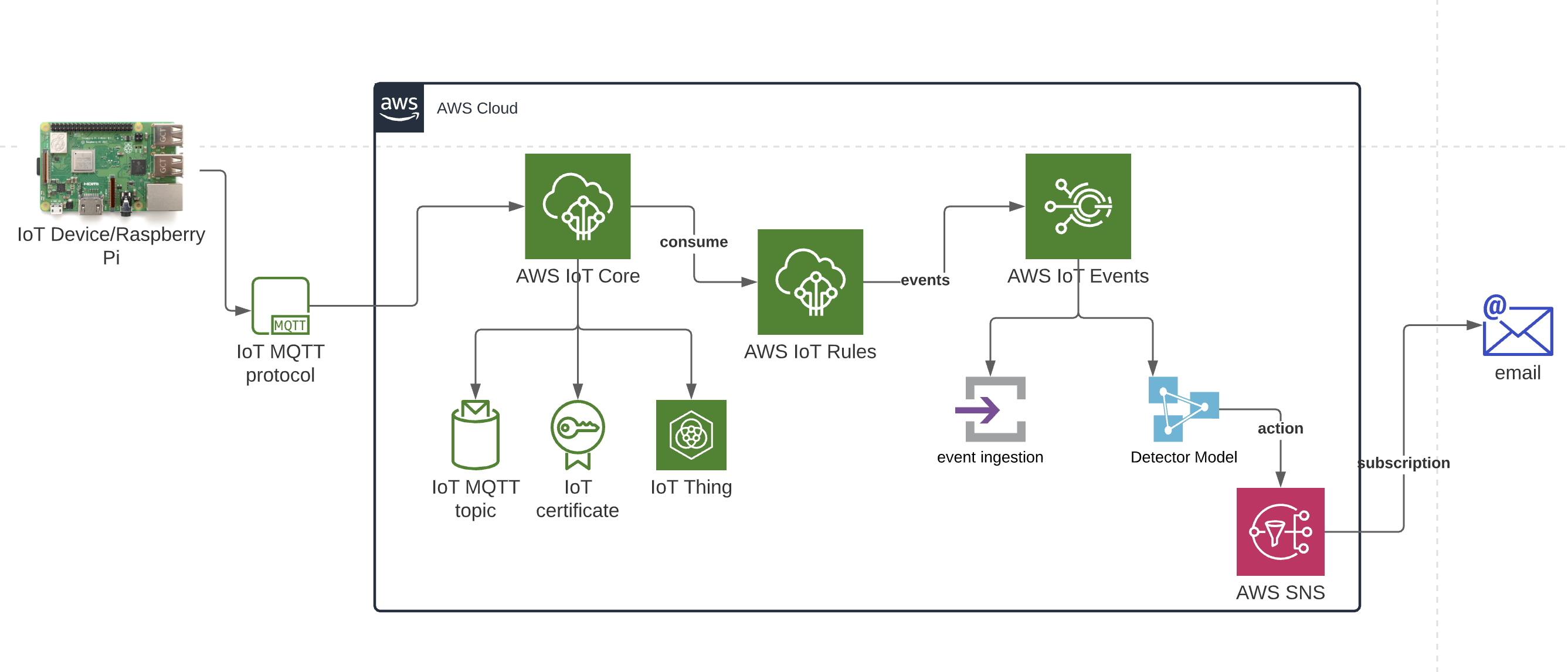Securely Connect RemoteIoT VPC Raspberry Pi Download: A Comprehensive Guide
Detail Author:
- Name : Mrs. Charlotte Zulauf I
- Username : calista.nader
- Email : kling.london@bosco.info
- Birthdate : 1982-04-14
- Address : 4699 Keshaun Tunnel Port Brielle, MS 95017
- Phone : (628) 658-5855
- Company : Rau, Vandervort and Swaniawski
- Job : Locker Room Attendant
- Bio : Non architecto harum quam necessitatibus. Eligendi et pariatur doloremque velit autem. Sit eum dolorum fugit consequatur qui beatae eveniet. Dolor nostrum sint sunt eveniet.
Socials
instagram:
- url : https://instagram.com/langwortha
- username : langwortha
- bio : Ab laboriosam velit voluptas aut unde dignissimos cum omnis. Inventore enim vel assumenda et.
- followers : 5838
- following : 1376
tiktok:
- url : https://tiktok.com/@anastacio.langworth
- username : anastacio.langworth
- bio : Et omnis facilis rem eos qui est culpa.
- followers : 771
- following : 782
Connecting your Raspberry Pi to a Virtual Private Cloud (VPC) securely is a critical step for managing IoT devices remotely. With RemoteIoT, you can achieve this seamlessly while ensuring your data remains protected. The integration of Raspberry Pi into a VPC environment allows users to leverage the power of cloud computing while maintaining the flexibility and accessibility of IoT devices. This guide will walk you through the process of securely connecting your Raspberry Pi to a RemoteIoT VPC, including the necessary steps for downloading and configuring the required software.
As the Internet of Things (IoT) continues to expand, the need for secure and reliable remote access to IoT devices becomes increasingly important. Raspberry Pi, a popular single-board computer, serves as an excellent platform for IoT projects. However, managing these devices securely over the internet requires a robust solution. RemoteIoT provides a secure gateway to connect your Raspberry Pi to a VPC, ensuring encrypted communication and centralized management.
In this article, we will explore the steps to securely connect your Raspberry Pi to a RemoteIoT VPC, discuss the benefits of this setup, and provide a detailed guide for downloading and configuring the necessary tools. Whether you are a beginner or an experienced developer, this guide will equip you with the knowledge to implement a secure IoT infrastructure.
Table of Contents
- Introduction to RemoteIoT VPC
- Benefits of Using Raspberry Pi with RemoteIoT
- Prerequisites for Secure Connection
- Step-by-Step Guide to Connect Raspberry Pi
- Downloading and Setting Up Software
- Ensuring Security Best Practices
- Troubleshooting Common Issues
- Real-World Use Cases
- Future of RemoteIoT and Raspberry Pi
- Conclusion
Introduction to RemoteIoT VPC
RemoteIoT is a cloud-based platform designed to facilitate secure remote access to IoT devices. Its Virtual Private Cloud (VPC) feature allows users to create isolated network environments within the cloud, ensuring secure communication between devices. By integrating Raspberry Pi with RemoteIoT VPC, users can remotely manage their IoT devices while maintaining data privacy and security.
The RemoteIoT VPC acts as a bridge between your Raspberry Pi and the internet, encrypting all data transmissions and providing a secure tunnel for communication. This ensures that sensitive information, such as device credentials and operational data, is protected from unauthorized access.
Benefits of Using Raspberry Pi with RemoteIoT
Raspberry Pi is a versatile and cost-effective platform for IoT projects. When combined with RemoteIoT, it offers several advantages:
- Remote Accessibility: Access your Raspberry Pi from anywhere in the world securely.
- Centralized Management: Manage multiple IoT devices from a single dashboard.
- Data Security: Encrypt all communications to protect sensitive information.
- Scalability: Easily scale your IoT infrastructure as your project grows.
Prerequisites for Secure Connection
Before you begin connecting your Raspberry Pi to RemoteIoT VPC, ensure you have the following:
- A Raspberry Pi device with Raspbian OS installed.
- An active RemoteIoT account.
- Internet connectivity for your Raspberry Pi.
- Basic knowledge of networking and command-line operations.
Step-by-Step Guide to Connect Raspberry Pi
Follow these steps to securely connect your Raspberry Pi to RemoteIoT VPC:
Installing RemoteIoT Client
1. Download the RemoteIoT client software from the official website.
2. Install the client on your Raspberry Pi using the terminal.
3. Authenticate the client with your RemoteIoT account credentials.
Configuring VPC Settings
1. Log in to your RemoteIoT dashboard.
2. Create a new VPC and configure its settings.
3. Add your Raspberry Pi to the VPC by following the instructions provided.
Downloading and Setting Up Software
Downloading the necessary software is a crucial step in the process. Visit the official RemoteIoT website to download the client software compatible with Raspberry Pi. Once downloaded, follow the installation instructions provided in the documentation.
After installation, ensure that the software is configured correctly. This includes setting up authentication keys, defining network parameters, and testing the connection to verify that everything is functioning as expected.
Ensuring Security Best Practices
Security is paramount when connecting IoT devices to the cloud. Follow these best practices to ensure a secure setup:
- Use strong, unique passwords for all accounts.
- Enable two-factor authentication (2FA) wherever possible.
- Regularly update the Raspberry Pi OS and RemoteIoT client to patch vulnerabilities.
- Monitor network traffic for unusual activity.
Troubleshooting Common Issues
While setting up your Raspberry Pi with RemoteIoT VPC, you may encounter some common issues. These include:
- Connection timeouts: Ensure your internet connection is stable.
- Authentication errors: Double-check your credentials and API keys.
- Software conflicts: Verify compatibility with your Raspberry Pi OS version.
Real-World Use Cases
Raspberry Pi and RemoteIoT VPC integration is widely used in various industries. Some examples include:
- Smart home automation systems.
- Industrial IoT for remote equipment monitoring.
- Healthcare applications for patient monitoring.
Future of RemoteIoT and Raspberry Pi
As IoT technology continues to evolve, the integration of platforms like RemoteIoT with devices such as Raspberry Pi will become even more critical. Future advancements may include enhanced AI capabilities, improved security protocols, and greater scalability for large-scale IoT deployments.
Conclusion
Securely connecting your Raspberry Pi to a RemoteIoT VPC is a powerful way to manage IoT devices remotely while ensuring data security. By following the steps outlined in this guide, you can set up a robust and secure IoT infrastructure. Remember to adhere to security best practices and stay updated with the latest advancements in IoT technology.
We hope this guide has been helpful in your journey to securely connect your Raspberry Pi to RemoteIoT VPC. If you have any questions or need further assistance, feel free to leave a comment below. Share this article with others who might benefit from it, and explore more resources on our website to expand your knowledge of IoT and Raspberry Pi.

